Introduction
The Arabian Sea Oyster refers to the several different families of salt-water bivalve mollusks that live in marine or brackish habitats. In some species, the valves are highly calcified and many are somewhat irregular in shape.
Oysters have been collected for human consumption since the Stone Age, and oysters were also brought on voyages as a supply of fresh food. Hence oysters have been transported across natural biological barriers for hundreds and maybe thousands of years.
Qysters contain a variety of vitamins and nutrients including zinc, calcium, magnesium, protein, selenium, and vitamin A, They also contain especially high levels of vitamin B12, iron, and monounsaturated fat-the healthy” kind of fat that you also find in olive oil
Flavor Profile
Like other shellfish, oysters shouldn’t taste overly fishy Rather, they have a very subtle fish flavor, and taste like the ocean, with mineral notes that vary depending on the type While raw oysters
themselves don’t have a strong flavor, they are usually served with lemon or sauce that adds flavor
Nomenclature
English Name Oyster, Slipper Cupped Oyster, Leaf Oyster
Local Name: Khapoo, Kadda, Khar Kunt
Scientific Name: Ostreidae
Habitat
The Arabian Sea oysters live in salty or brackish coastal waters, clustering on older shells, rocic, piers, or any hard, submerged surface. They fuse as they grow, forming rock-lilie reefs that provide habitat for other marine animals and plants.
Catching Method
Wild oysters are caught by watermen who employ a few methods to harvest them, mainly dredges (briangular rallies with nets dragged behind oyatering boats) or tongs (scissor-She rakes used by hand or with a mechanized system to harvest oysters
Physical Attributes
Oysters are bivalves, which is the name for several marine and freshwater mollusks that have long, flat bodies made up of ashell consisting of two hinged parts. Oysters use their gills and cilia to process water and feed. Oysters have a small heart and intemal organs, but no central nervous system
Appearance
Oyster shells are usually oval or pear-shaped, but will vary widely in form depending on what they attach to. They are generally whitish-gray in outer shell color and their inside shell is usually a porcelain white. They have extremely strong adductor muscles to close their shells when threatened
Size
On average, the oyster size range is 3 to 5 inches. However, other sizes are also occasionally available
Cleaning Preferences
To clean oysters, start by rinsing them with cold water in a colander. Then, use a scrub brush or a clean toothbrush to scrub the outer shells, which will get off any dirt or debriz. If you notice an
oysters that are already cracked open, discard them.
Approx. Cleaning Yields
Whole: 100%
Edible Meat: 10.3% Дрогах
Cooking Preferences
Once dysters are removed from their shell they can be served ravi, baked, steamed, grilled, or in specialty dishes. Oysters don’t take long to cook and low heat or fact high heat ibroiling or frying a
preferable. They will toughen up if cooked too lang
Health Benefits
Oysters are a rich source of vitamin D, copper, zinc, and manganese. These micronutrients, in combination with calcium, are thought to be key to slow or even preventing bone leas in older
women due to osteoporosis, Additionally, dietary sources of these minerals are thought to be more effective than supplements
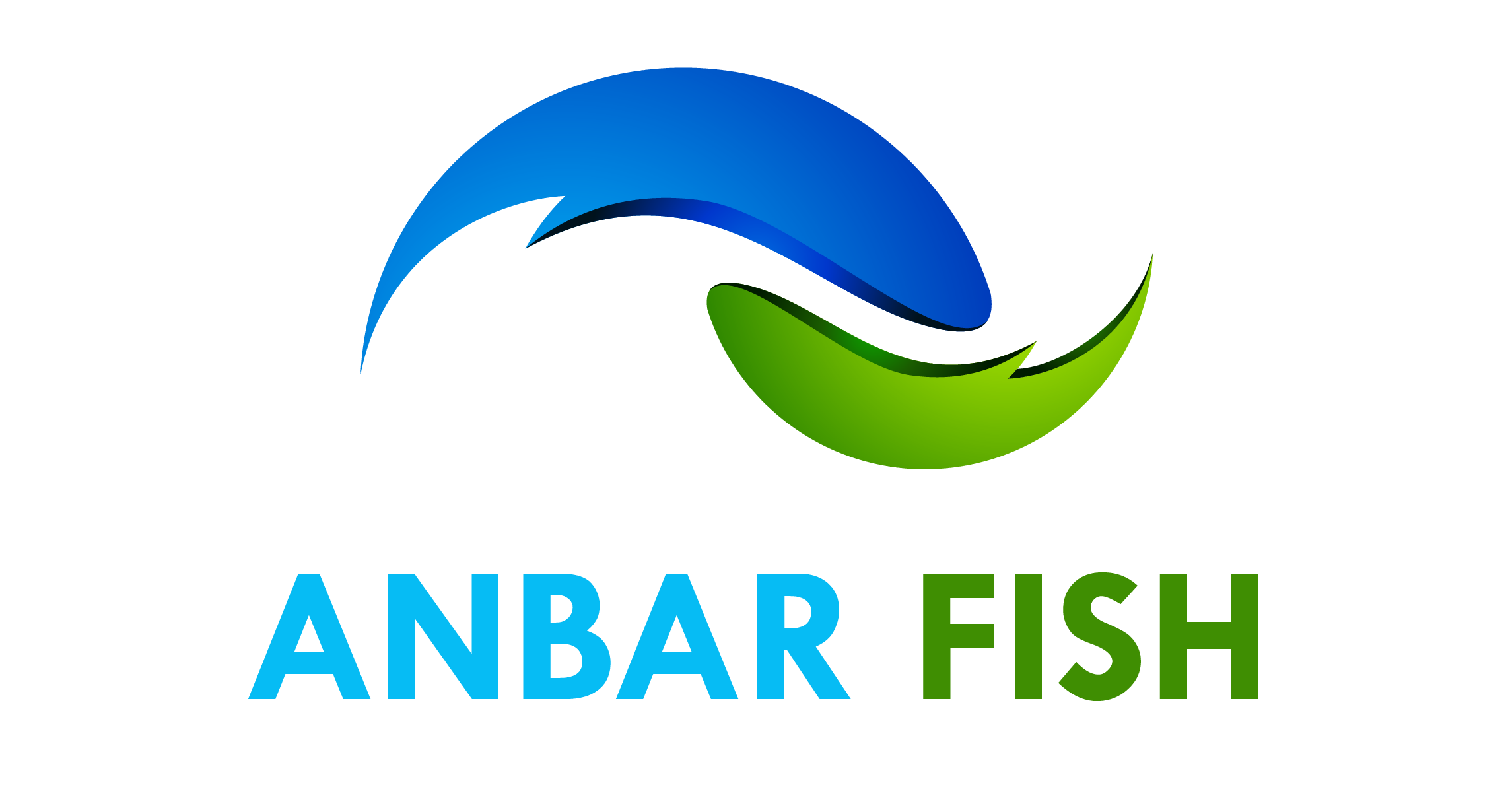

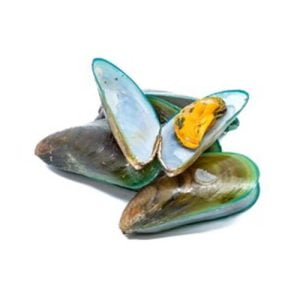
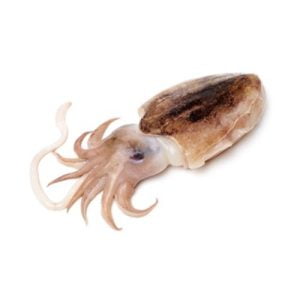
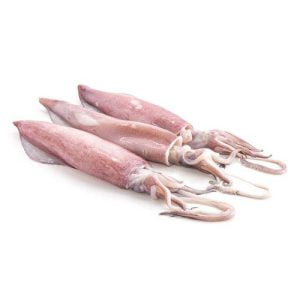
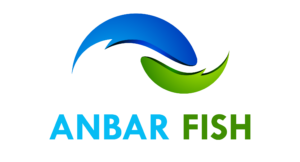
There are no reviews yet.